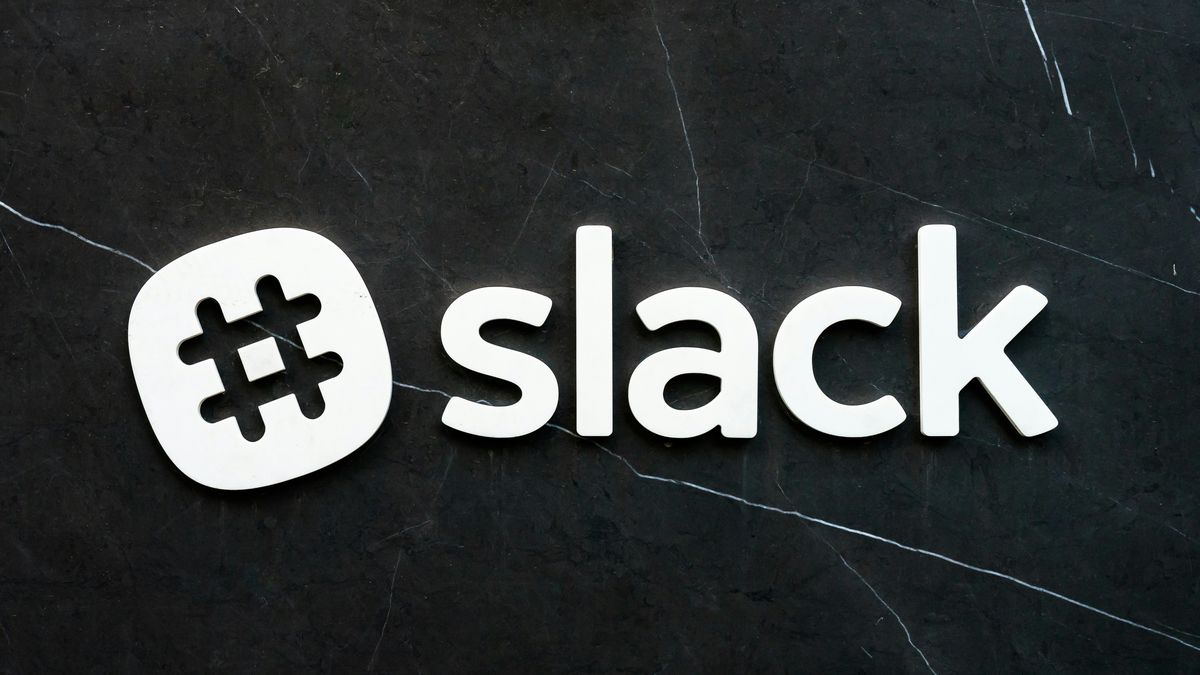Designing Logos and Visual Identity: Tips for Effective Branding
In the world of business, branding is everything. It's the face of your company, the first impression you make on potential customers.
At the heart of this branding is your logo and visual identity.

These elements are more than just pretty pictures. They convey your brand's values, message, and personality. They help you stand out in a crowded market and build a connection with your audience.
But creating a strong logo and visual identity is no easy task. It requires a deep understanding of your target audience, a keen eye for design, and a clear vision of your brand's identity.
This guide will provide you with actionable tips and insights on designing logos and visual identity. It aims to help you create a strong and memorable brand image that resonates with your audience and enhances your branding efforts.
Let's dive in and explore the world of logo and visual identity design.
Understanding the Importance of a Strong Logo and Visual Identity #
A well-crafted logo is the cornerstone of any successful brand. It is crucial for brand recognition and sets the tone for your entire visual identity. It helps differentiate your brand in a marketplace filled with countless others offering similar services or products.
Visual identity extends beyond just the logo. It includes colors, typography, and other design elements that work together to tell your brand's story. These components communicate your brand’s values and promise to your audience, creating a lasting impression.

Knowing Your Audience: The Foundation of Effective Branding #
Understanding your audience is crucial for designing an effective brand identity. Tailoring your visual elements to resonate with your target demographic is essential for engagement. Knowing what appeals to them ensures your design choices are spot on.
Consider the following when identifying your audience:
- Who are your target customers?
- What are their preferences and behaviors?
- How do they perceive your brand?
Answering these questions helps in creating a logo and visual identity that truly connects. Audience insights guide the creative process, ensuring your brand appeals directly to them.
The Psychology of Color in Logo Design #
Colors have a powerful influence on brand perception. The right color scheme can evoke specific emotions and associations in your audience. When selecting colors for your logo, consider the feelings each hue might inspire.
For instance, blue often conveys trust and professionalism, while red signifies energy and passion. Understanding these connotations can help craft a visual identity that aligns with your brand values. A thoughtful color palette enhances brand recognition and fosters an emotional connection.
"
Typography Matters: Choosing the Right Font for Your Brand #
The font you choose for your logo sends a vital message about your brand's personality. Different typefaces can communicate sophistication, innovation, or playfulness. Selecting the right typography ensures your logo aligns with the desired brand image.
Consider how typography reflects your industry and audience preferences. A tech company might favor sleek, modern fonts, while a children's brand could choose something more whimsical and friendly. Striking the right balance between readability and style is crucial for effective brand communication. Your font should complement your logo design and enhance its overall appeal.
Balancing Simplicity and Uniqueness in Your Logo #
A memorable logo strikes a balance between simplicity and uniqueness. Simplicity ensures that your logo is easily recognizable and versatile. It should be able to scale down for smaller applications without losing its impact.
However, being unique sets your brand apart in a competitive market. A distinctive element within a simple design can make your logo memorable. Combine basic shapes or unexpected color contrasts to achieve this. A well-balanced logo speaks to your brand's core while standing out among competitors. Avoid clutter to maintain clarity and communicate your brand message effectively.
The Power of Symbols and Icons in Visual Identity #
Symbols and icons hold a unique power in visual identity design. They can encapsulate your brand's essence in a simple image. These elements act as a universal language that transcends words, making them highly effective.
Choosing the right symbol or icon for your brand involves aligning it with your core values. Ensure it reflects your brand's personality and message. This visual representation should be clear and resonant, allowing viewers to instantly connect with your brand. A well-chosen symbol can elevate brand recognition and enhance memorability.

Scalability and Adaptability: Ensuring Your Logo's Versatility #
A versatile logo can thrive on many platforms, from business cards to billboards. Scalability ensures that your logo maintains clarity at any size, whether on a small screen or a large poster.
Adaptability is key in today's digital world. Your logo must seamlessly integrate into various mediums without losing its essence. A flexible logo design enhances consistency, providing a uniform brand image across all channels. An adaptable logo can adjust to changing trends while maintaining its core identity, ensuring your brand stays relevant and recognizable over time.
The Creative Process: Brainstorming and Conceptualizing Your Logo #
Creating a logo begins with brainstorming. Gather ideas and inspiration from various sources to fuel creativity. Engage in mind mapping to explore diverse concepts that align with your brand's mission and vision.
Conceptualizing transforms ideas into tangible designs. Use sketches to visualize different options, refining them until they resonate with your brand identity.
Here's a quick checklist to guide your creative process:
- Research your competitors and industry trends.
- List attributes that define your brand's personality.
- Explore various design styles for inspiration.
Involvement of team members during brainstorming stages leads to diverse perspectives and innovative solutions.
Aligning Your Brand Name with Your Logo for Cohesive Branding #
A cohesive brand identity requires a harmonious relationship between the brand name and the logo. The logo should reflect the essence of your brand name, reinforcing its message to the audience. Consistency between the two enhances recognition and builds trust.
Integrating elements of your brand name into the logo design can create a strong visual connection. This involves considering typography and color schemes that complement each other. When your logo and brand name align well, they together convey a clear, unified message that resonates with your target audience. This unity fosters a memorable and impactful brand presence.
Legal Considerations: Trademarking Your Logo #
Trademarking your logo is a critical step in protecting your brand. It prevents others from using a similar logo that could confuse your audience. Conduct a thorough search to ensure your logo is unique before applying. This legal safeguard enhances your brand's credibility and safeguards its integrity.
Feedback and Testing: Refining Your Logo Design #
Gathering feedback is crucial to refining your logo. Share design drafts with colleagues or focus groups to gain diverse opinions. Testing how your logo performs in different scenarios helps identify potential issues. This process ensures your final design is both effective and resonates with your target audience.
Conclusion: Consistency is Key to Effective Branding #
Consistency across your visual identity cements your brand's image in consumers' minds. It builds trust and fosters loyalty. By maintaining a cohesive look and feel, you ensure your brand remains memorable and reliable. Stay consistent, adapt when necessary, and your brand will thrive in the competitive market.

